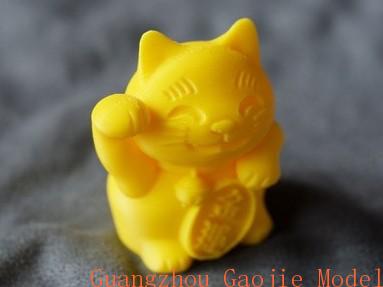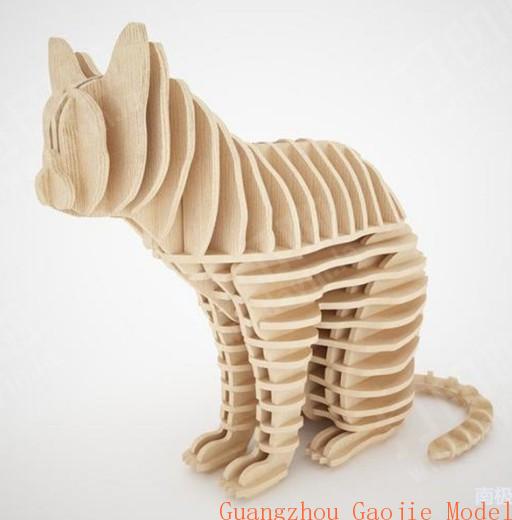3. 3D model file wall thickness does not meet the printing requirements
Important things say three times: 3D model wall thickness must meet the printing requirements the 3D model wall thickness must conform to the printing requirements the 3D model wall thickness must meet the printing requirements!

3D model wall thickness does not meet the printing requirements is the most frequent problem we encounter. Many 3D model printing products are not ideal, or can not be printed for this reason. When the thickness of the model is too thin, some small parts of the model cannot be printed, or it can be damaged quickly because it is too fragile. When the printing wall is too thick, there may be cracking or breakage due to excessive internal structural pressure.
Proper printing wall thickness is the most important factor to ensure successful printing.
4. The resolution of 3D model files does not match the printing requirements have you read how to do 3D print design articles? Have you selected the print consumables according to the first two points of this article? Has the wall thickness been confirmed? Great. Let's take a look at the fourth point: file resolution.
In the world of 3D printing, stl is the most common file format, which is based on triangulation, which means that your 3D model will also be transformed into such a triangulated model Most 3D modeling software can output files in stl format and set the required resolution. The following image shows the same model, with different resolution output conditions, with resolution from left to right from high to low.

Choosing an appropriate resolution is important for printing out a high-quality model.
Too high resolution and too low resolution can cause problems in printing:
Low resolution: please note that the low resolution of the output file will inevitably affect the quality of the printed product. Low resolution means that every triangulation on your stl file is too large, so your finished product surface is not smooth enough. The result will be a similar "pixel" product.
Too high resolution: the high resolution of the output file will cause your file too large to cause our 3D printer to be unable to handle. It is possible that our 3D printer can't print because the file is too large, so our 3D printer can't print it. So our suggestion is that the size of the file you output is not more than 100mb.
Solution: for the vast majority of 3D modeling software, when you need to output a file, it will require you to define fault tolerance (tolerance). This tolerance defines the maximum distance between the lattice points on the output STL grid file to your original model. We recommend 0.01mm. because the fault tolerance of less than 0.01mm is meaningless because it is meaningless. A 3D printer cannot print smaller details than this, and when the tolerance is greater than 0.01 mm, it is possible to see triangles visible to the naked eye on the surface of the object.

